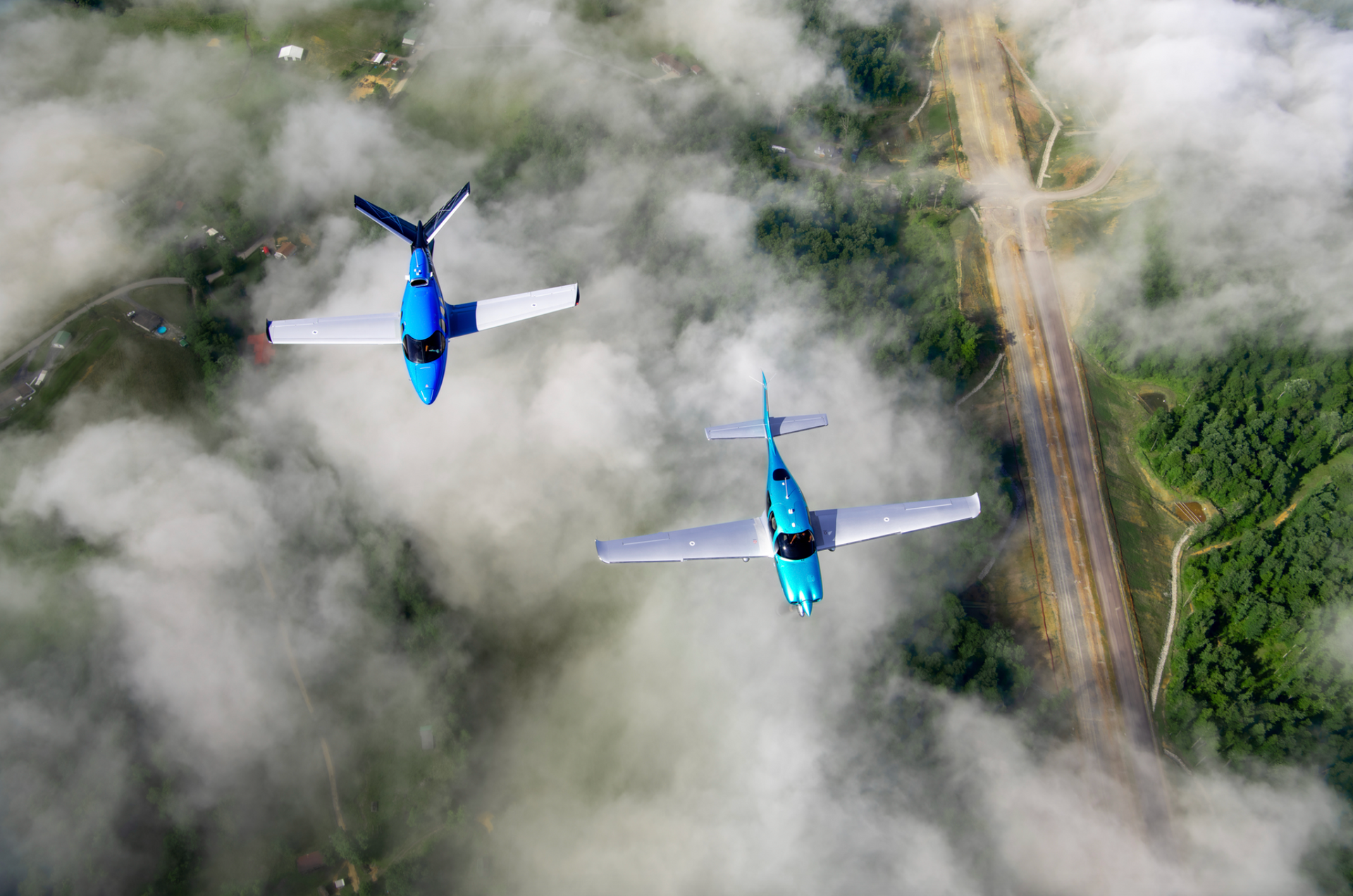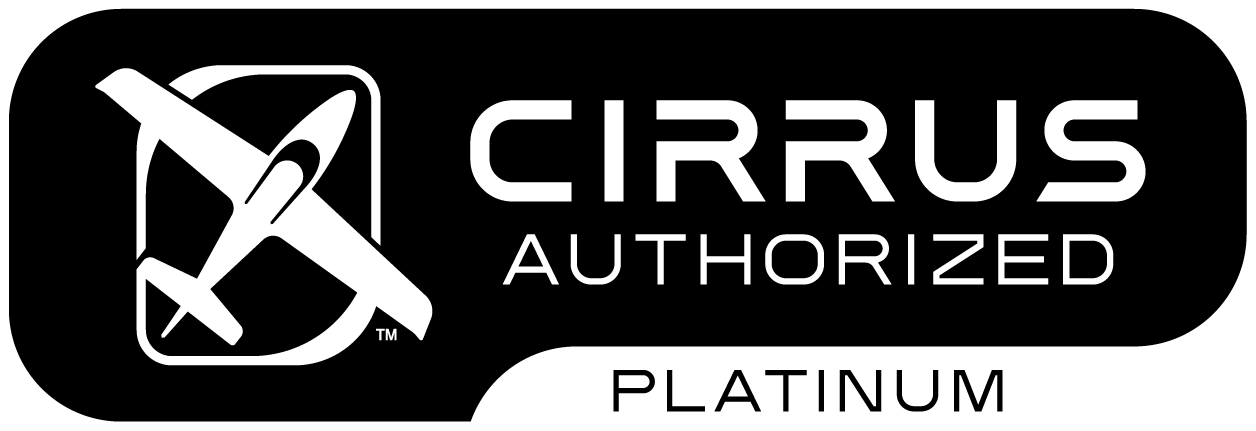
INSTRUMENT FLIGHT TRAINING
Requirements For an Instrument Rating

Elevate Your Flying Skills with an Instrument Rating
If you’re a pilot, getting your instrument rating can open up a world of possibilities and opportunities. An instrument rating is a certification that allows pilots to fly in instrument meteorological conditions (IMC), such as low visibility, fog, and clouds. This rating is an important step on the path to becoming a professional pilot, and it can greatly expand your flying options and capabilities.
Elevate Your Flying Skills with an Instrument Rating
If you’re a pilot, getting your instrument rating can open up a world of possibilities and opportunities. An instrument rating is a certification that allows pilots to fly in instrument meteorological conditions (IMC), such as low visibility, fog, and clouds. This rating is an important step on the path to becoming a professional pilot, and it can greatly expand your flying options and capabilities.
What does it take to get your instrument rating? And what can you expect during the training and certification process?
Here’s an overview of what you need to know.

Minimum requirements:
To be eligible for an instrument rating, you must already hold a private pilot license or higher. You must also have a current medical certificate and at least 50 hours of cross-country flight time, including at least 40 hours of instrument time and 15 hours of instrument flight instruction.

Training programs:
To get your instrument rating, you’ll need to complete a training program at a flight school or training center. These programs typically include both classroom instruction and flight training, and they are designed to provide you with the knowledge and skills you need to pass the certification exams and become a proficient instrument pilot.

Certification exams:
Once you have completed your training, you’ll need to take and pass a series of certification exams to earn your instrument rating. These exams cover a range of topics, including instrument flight rules and procedures, navigation and flight planning, and meteorology and weather interpretation. The exams are typically administered by the Federal Aviation Administration (FAA) or a designated pilot examiner, and they are designed to assess your knowledge.
During the final phase of your training, you will fine tune what you have previously learned to ensure you meet the FAA Private Pilot standards. When your instructor deems you ready for the exam, you will be recommended for your checkride.
